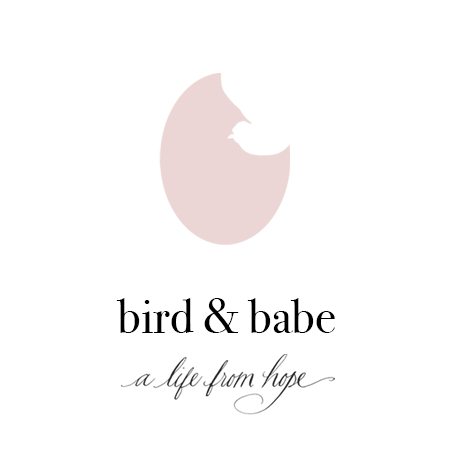Symbols of life

This past summer,
I wrote, I moved, I gardened,
I journaled,
and I shed a lot of tears
in some of the most desolate places
I’ve ever been.
In this week’s post,
I share an experience & inspiration
for healing through tears.
x
Jessie
In April,
just before Easter weekend,
I had learned my second-trimester pregnancy
wasn’t viable
and that it was a rare kind that could be cancerous.
(Who knew there could be more than one kind of pregnancy??)
This wasn’t my first loss.
Emergency surgery was needed.
There was no time to process.
It was in the ‘after’
that I did—or that I began to—
and it was really only
when I created space for it.
(Not that kind that said to ‘cry on demand’
but the kind that simply allows for those feelings
to surface if they want to.)
I was distracted by a few other things
that came up for me—and so when I realized that,
I then took the opportunity in the summer
to create space—
While tears had come before,
the tears that were expressed this past summer
—in the privacy of my own bedroom
or in the comfort of dear friends—
were from unabashedly
letting loose,
letting go,
and letting my heart be seen—
to acknowledge the deep pain
from loss and then greater pain
when I went through this alone.
Grief is at best isolating
and at worst separating.
Before bed,
I would move,
stretch,
and journal what would come to mind.
All this took place
by creating the space
and living in and from it.
And in it, I received a Gift:
I got to know a deeper sense of Presence,
of Life,
and in this case, the power of grief
—and mourning—
from these beautiful gems called tears.
“Tears are prayers.”
On a drive out to meet with Celeste,
I listened to her podcast that
she had sent me.
(The Jesuits interviewed her
while she was at a conference in Ireland;
I’m studying with Celeste.)
I began weeping while driving—
her words like living water
to my soul.
Like water
nourishing starchiness.
Water can make
anything supple.
“We don’t just have bodies, we are bodies.”
I love how she shared
that when we open ourselves up
“to the whole terrain of emotions”
we become vulnerable.
“When we open up to body, we open up to heart…when we open up to heart…we open up to spirit.”
She talked so exquisitely
about becoming vulnerable through our losses
and listening to the body:
by inhabiting our humanness,
we inhabit the deeper mystery
available to all of us.
This caused me to wonder about motherhood
—about motherhood being a site and expression of
living & contemplating & being part of spirit—
listening in the silences by going through
the movement of my day
and with my little one
to hear, to witness,
to let life unfold anew
through dishes, reading, walking,
playing, diaper changes, a meal at the table.
It’s as if it’s a different way of life
even as I “live” my life—
a different way of living unfolds.
It’s whole through the loss.
“When we don’t cry, we actually block a well of information and emotion...biologists will tell you there are literal toxins that come out of your eyes when you cry...literal toxins...it is the ultimate letting go.”
She brought up
that Jesus wept.
Jesus wept.
In the grief, in the silences,
in our bodies,
through the tears,
a shift and an opening happens,
a deep and fundamental acknowledgment
of reality is birthed
which then ushers in
vulnerability from soul to spirit.
There is a beauty,
a holiness,
a sacred quietness
found if we have the courage to cry
if we have the courage to mourn:
we come more human.
And when the tears have gone,
do you feel a completeness?
Or is there still anger
now just with no tears?
How do you connect with your emotions around loss?
Do you actively suppress & deny them?
“There is so much emphasis on the outer body—we’ve forgotten to listen to the language of the body, the language of the belly, the ache in the shoulder...80% of how we communicate is nonverbal—making our bodies goldmines.”
“Everyone grieves when we lose something significant, but if we are to heal our grief, we must also mourn....Grief is the constellation of internal thoughts and feelings you have when you lose someone you love and value...Mourning, on the other hand, is the outward expression of your grief. It is an active process. Mourning is releasing your grief, be it through crying, writing your thoughts in a journal, creating art that represents your feelings of grief, talking to others about what happened, or participating in a support group.”
“Whether you cry or not may have more to do with how you were raised than with the nature of your loss...Tears are a symbol of life, a part of who we are and what we feel. They live in us and through us. They represent us and reside in our pain…Since it is so tied to life itself, we are often surprised when laughter breaks spontaneously through tears.”
If you can,
take a moment right now,
stand up and move your hips and torso
or dance in your space
and then jot down
the emotions that come
or draw out your feelings.
And if you’re able,
tonight before bed,
create space again to be—
lie down on the floor,
breathe,
and let be what comes to body
(and heart).


